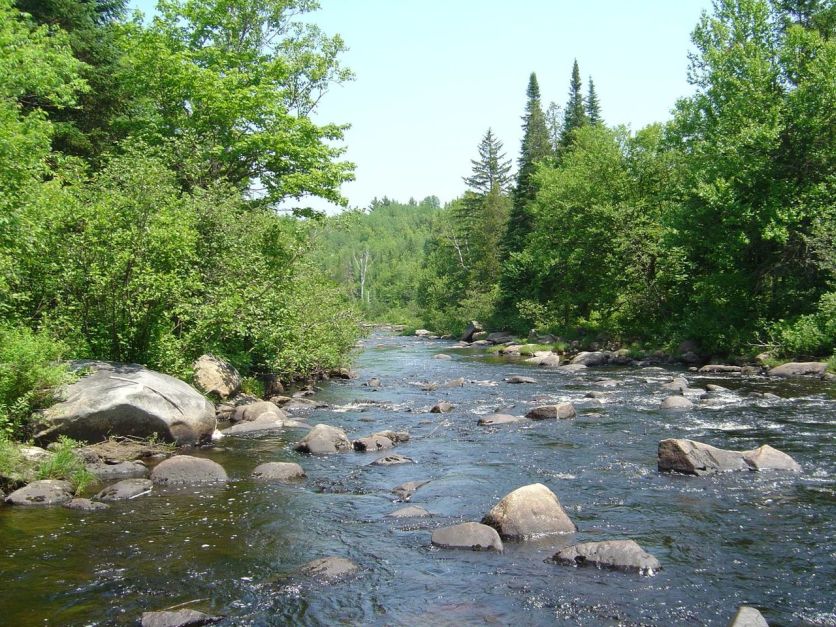USDA plans to add 30 new watersheds in 2018 to its top water quality initiative, which helps landowners improve water quality while strengthening agricultural operations. In all, the department’s Natural Resources Conservation Service (NRCS) will invest more than $30 million in 201 high-priority watersheds across the country.
Now in its seventh year, the National Water Quality Initiative (NWQI), focuses resources in watersheds most in need and where farmers, ranchers and forest landowners can use conservation practices to make a difference.
“Watershed studies have shown that targeting conservation on vulnerable acres leads to greater water quality improvements.” Leonard Jordan, the acting chief at NRCS, said in a release. “This latest investment focuses on small watersheds, where we have opportunities to work with partners and farmers to accelerate conservation efforts and deliver real results for communities downstream.”
Through NWQI, farmers, ranchers and forest landowners receive one-on-one personalized advice and financial assistance through the Environmental Quality Incentives Program (EQIP) to address a broad range of natural resource concerns, including water quality.
Conservation systems include practices that promote soil health, reduce erosion and lessen nutrient runoff, such as cover crops, reduced tillage and nutrient management; waste management systems that treat agricultural waste and livestock manure; irrigation systems that capture and recycle nutrients back to the field; and wetland restoration that increases wildlife habitat, mitigates flooding, and improves water quality. These practices not only benefit natural resources but enhance agricultural productivity and profitability by improving soil health and optimizing the use of agricultural inputs.
USDA says its approach to improve water quality is working across the country, pointing to recent successes that include:
-
Louisiana: NRCS has assisted dairy and livestock farmers implement conservation practices, including nutrient management, forage harvest management, prescribed grazing and watering facilities. These efforts helped prevent fecal coliform from washing into Big Creek and East Fork Big Creek watersheds, eventually leading to their removal from Louisiana’s impaired waterbodies list in 2016.
-
Montana: Irrigation improvements, off-stream watering, alternative source water for crop irrigation, and additional fencing, riparian re-vegetation, and stream channel work was accomplished with numerous partners in the Deep Creek watershed. The lower and middle segments of Deep Creek were removed from Montana’s list of impaired watersheds due to significant reductions in sediment loading.
-
Nebraska: Conservation treatments on land surrounding the Big Indian Creek Reservoir included cropland practices to reduce sediment and nutrients, removal of cattle from the stream, and renovation of the riparian area with grass and tree plantings. These conservation efforts resulted in a 70 percent reduction in phosphorus and sediment loads, contributing to its removal from Nebraska’s impaired waterbodies list in 2016.
- South Dakota: NRCS worked with South Dakota state agencies and the city of Sioux Falls to protect riparian areas along Skunk Creek watershed. Streambank improvements, seasonal riparian area management and alternative water sources for livestock contributed to a reduction in sediment and removal from South Dakota’s impaired water bodies list in 2016 for suspended solids.
This year, NRCS added 30 new watersheds to NWQI and selected 25 watersheds for new assessment projects. These assessment projects span 13 states and include a variety of land uses and water quality issues. NRCS will provide resources for these projects to leverage existing plans, data, and information, and fill gaps needed to complete watershed assessments and develop outreach plans. NRCS works closely with conservation partners and state water quality agencies to select watersheds where on-farm conservation can deliver the greatest benefits for clean water. For a list of watersheds, click here.
USDA says that since 2012, NRCS has worked with more than 3,500 producers to adopt conservation practices on more than 730,000 acres in priority watersheds through NWQI.
“America’s farmers, ranchers and landowners nationwide are helping provide safe drinking water, cleaner waterways, and improved habitat for fish and wildlife,” Jordan said. “These targeted efforts represent a small part of the large annual investment to address water quality concerns across the nation.”
Similar efforts are taking place in the Chesapeake Bay watershed, and in the Great Lakes, Gulf of Mexico and California Bay Delta regions. Producers interested in NWQI should contact their local USDA service center. Applications are taken on a continuous basis, and they are ranked and considered for funding several times per year.
#30
For more news, go to: www.Agri-Pulse.com

